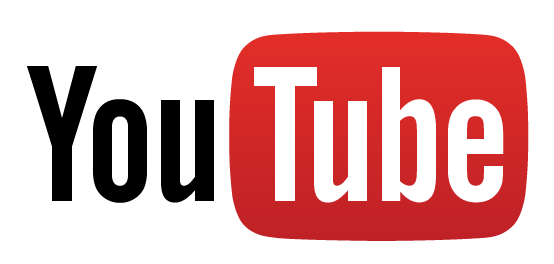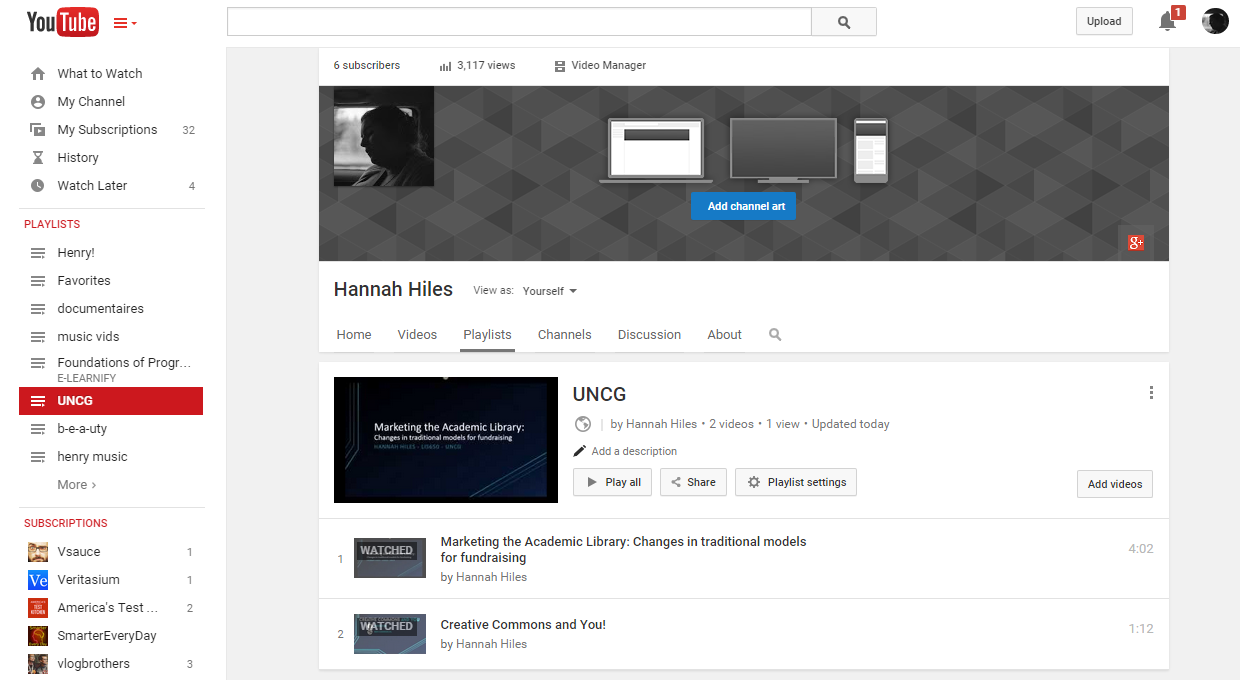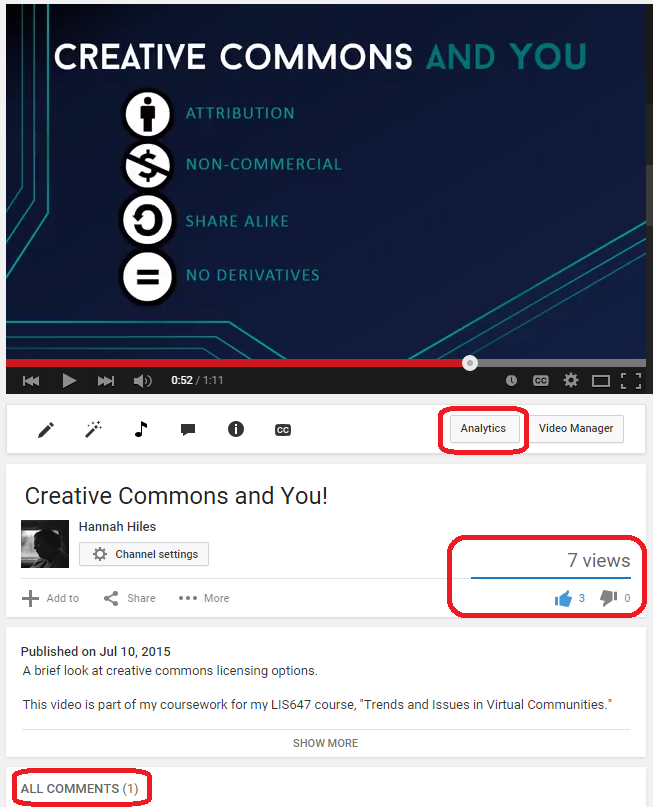Virtual Communities Resource Center

Usability by Libraries
YouTube may be one of the weaker areas for libraries to connect with their virtual communities. Videos on YouTube require more time, skill, and effort than sending out a tweet or posting a Facebook status.
While librarians can easily create PowerPoint videos using open source sounds or music, YouTube content which features on-camera individuals and actual voice overs tend to do better when it comes to presenting something educational or resourceful.
Librarians could use YouTube to present information on new collections (such as taking a brief video tour through an actual physical space which houses a collection) or by making a slideshow which goes over the basic ways in which patrons can access a database or digitized collection.
As with all social media, librarians must create strong schedules and detailed paths of how they wish to accomplish their social media goals - I would argue that YouTube requires more scheduling and organization than other forms of social networking.
Personal Experience
I maintain a playlist on my personal YouTube account for uploading and sharing video assignments as part of my MLIS.

As with Twitter and Facebook, one of the largest bonuses I see of using YouTube is that there are already so many other people using it. By uploading content to YouTube, you can reach an already hugely expansive audience and connect with people who you may not ever had the opportunity of sharing content with.
Additionally, using a major site like YouTube allows for a greater chance of people having low technical difficulties. With both a desktop website, a mobile website, an app, and easy integration into other social networking sites like Facebook and Google+, there is a low chance that people will have a hard time watching your content once they've found it.

YouTube also allows for easy use of their analytic tools. By keeping track of views and the more in-depth analytic tools, libraries can easily tell if they are reaching their target demographics, if their content is being watched to it's entirety, and if their videos are being shared. All of this information allows for better creation of future videos, as well as helping libraries share their content more efficiently.
Click here to return to the Virtual Communities Resource Center page

